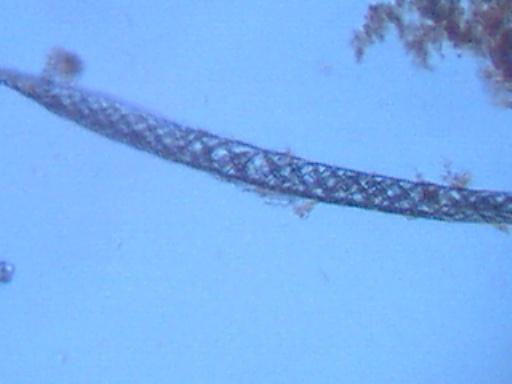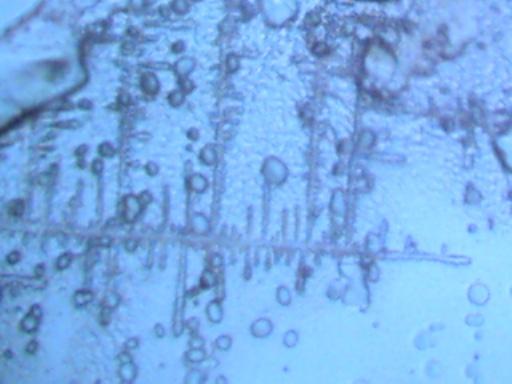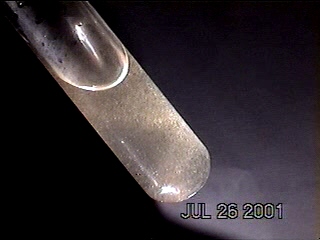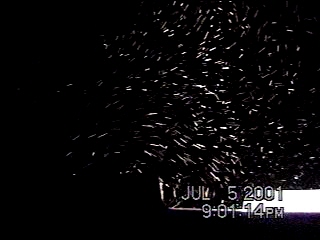
AIR QUALITY DATA REQUIRES PUBLIC SCRUTINY
A case is made here for the need to have independent testing and verification performed of current atmospheric particulate counts in the United States. The basis for such a need includes; the repeated observations of the decline in visibility in the US (which is directly related to particulate concentrations), the unwillingness of the US Environmental Protection Agency (EPA) to adequately address concerns of countless citizens regarding atmospheric degradation by aircraft aerosol operations; the US National Weather Service’s reduction of visibility reporting standards from a maximum of 40 miles to a maximum of 10 miles; the apparent limitations of access to post-1998 public data base files that involves direct atmospheric monitoring by government bodies such as NOAA’s Climate Monitoring and Diagnostics Laboratory; and the newly released 1999 US mortality statistics showing an increase in chronic lower respiratory deaths. A theory of light scattering is discussed to be used as an initial estimator of atmospheric concentrations of particulate data, with example cases used to illustrate how such models can be used to estimate these










